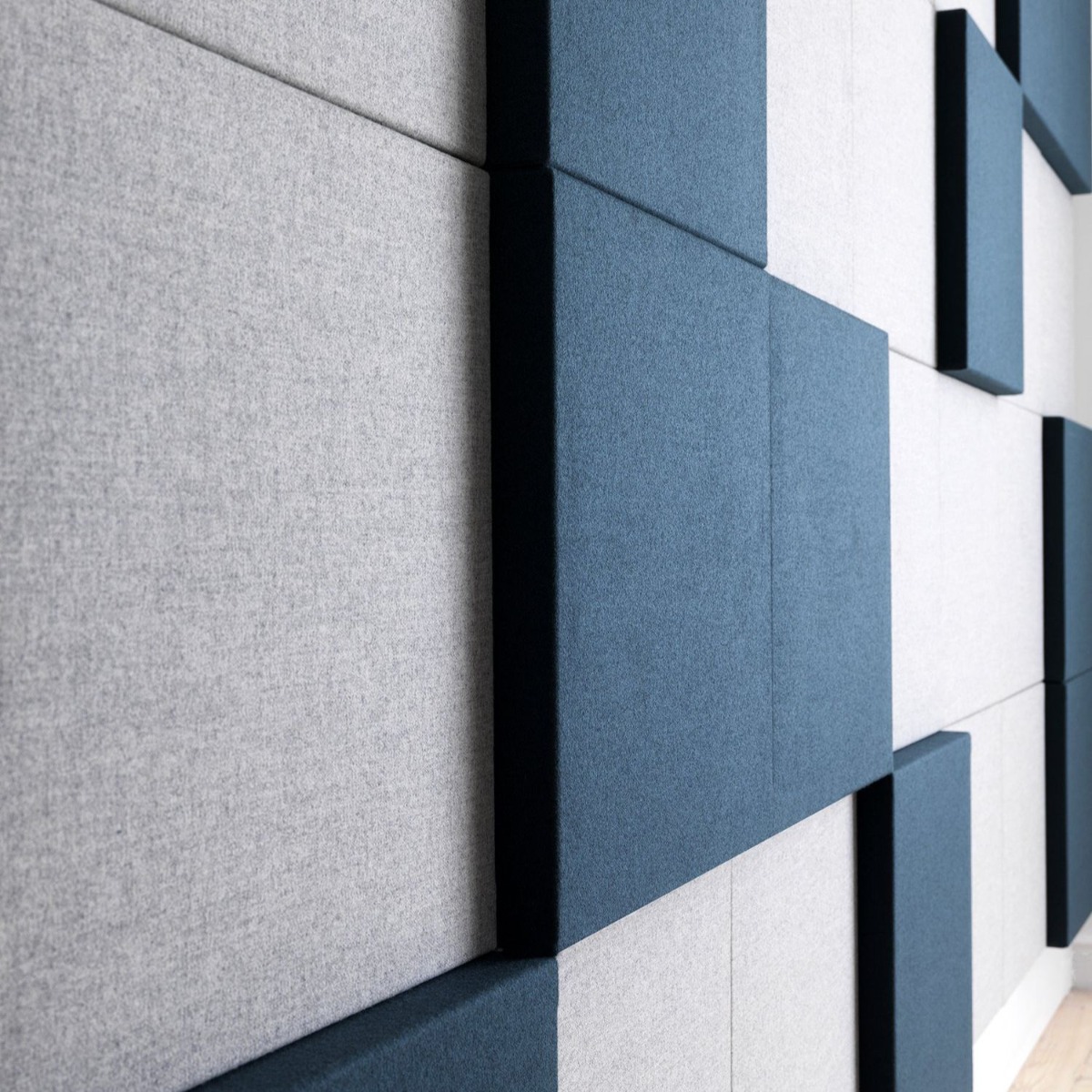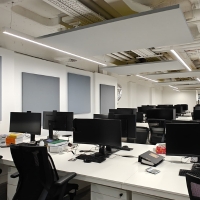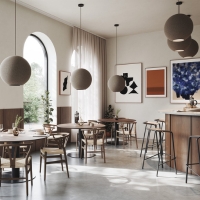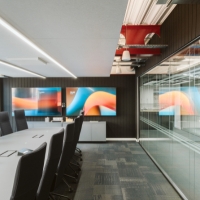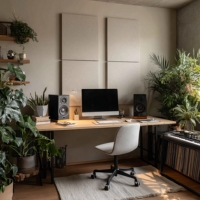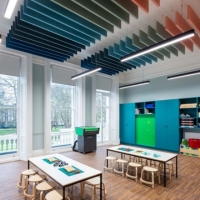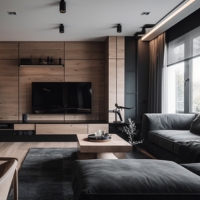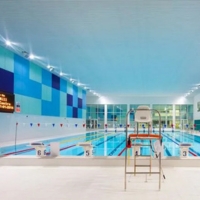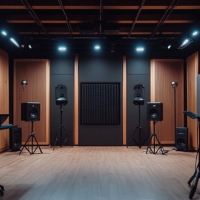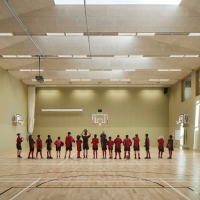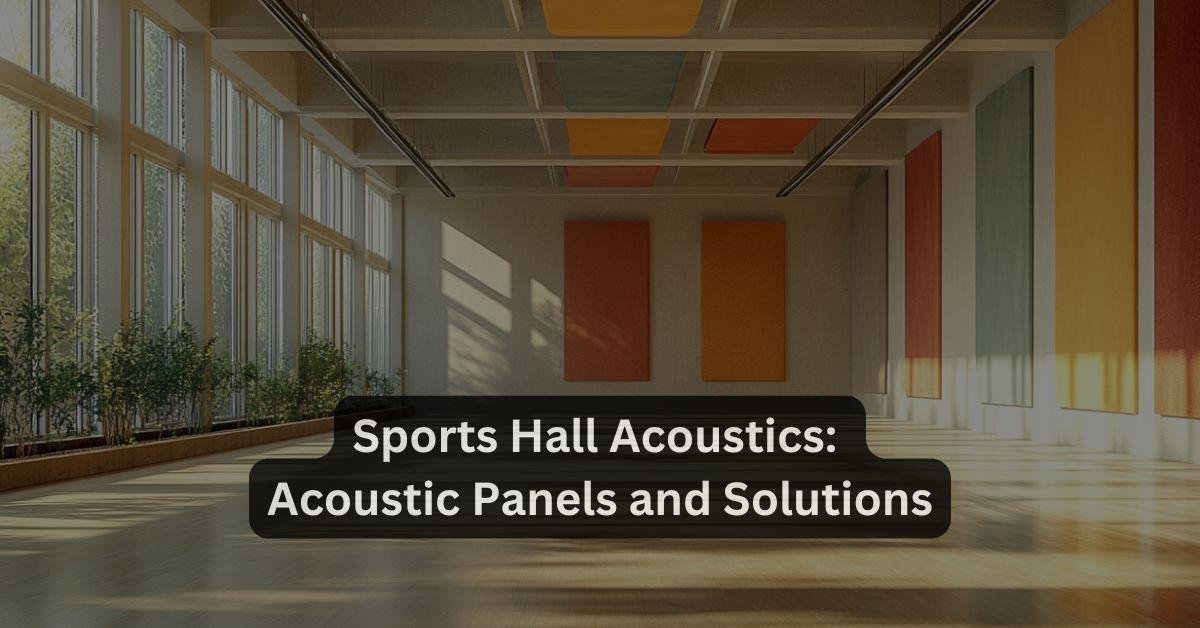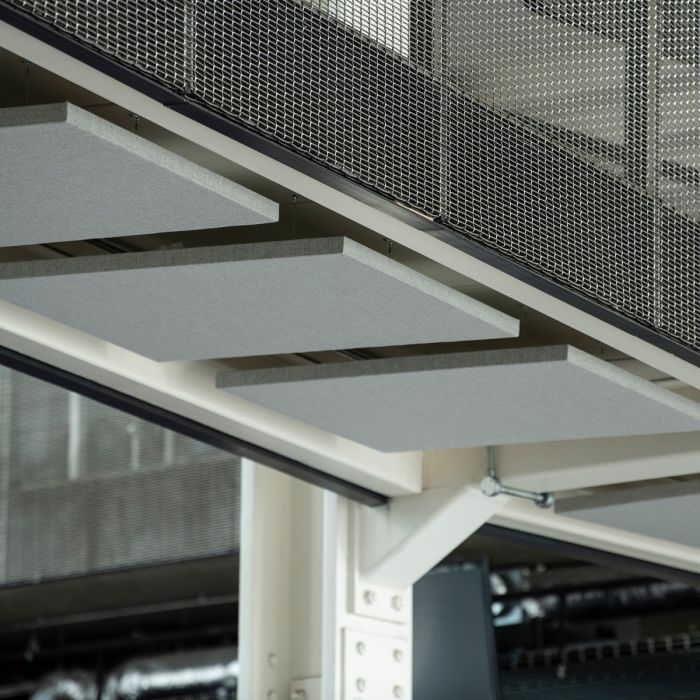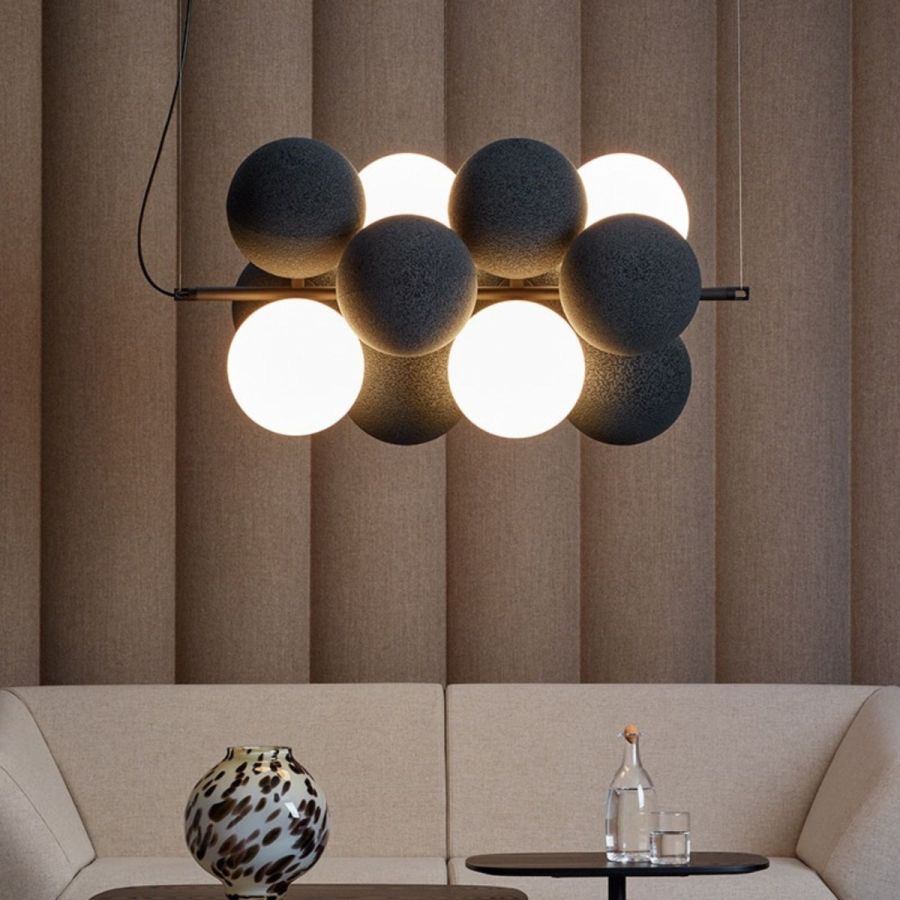
Only sustainable products
Configurable products
Installation available
Free acoustic advice
Why are Sports Hall Acoustics Important: Acoustic Panels and Solutions
Sports halls are noisy places. The hard surfaces, high ceilings, and energetic activities create a lot of echo and reverberation. This can make it hard to hear instructions, communicate with teammates, or enjoy the game. Good acoustics are important for safety, performance, and enjoyment. Let's look at how we can make sports halls sound better acoustically.
Key Takeaways
- Hard surfaces in sports halls contribute to poor acoustics and excessive noise
- Acoustic solutions can significantly improve sound quality and safety
- Wall panels, ceiling treatments, and acoustic lighting are effective solutions
- A comprehensive acoustic strategy should address all aspects of the space
- Proper installation and maintenance are crucial for long-term acoustic performance
- Improved acoustics offer long-term benefits including enhanced safety and user satisfaction
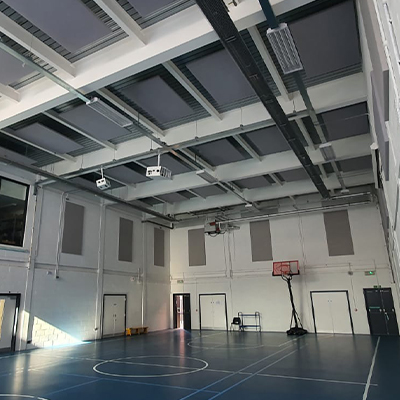
Understanding the Acoustic Challenges
Why are sports halls so noisy? It's because of the surfaces and activities inside them. Most sports halls have:
- Hard walls (often made of concrete or brick)
- Smooth, reflective floors (like wood or synthetic materials)
- High, flat ceilings
- Large, open spaces with minimal sound-absorbing elements
These surfaces are great for bouncing balls, but they're also excellent at bouncing sound. This creates a lot of echo and reverberation, which can make it hard to hear instructions, communicate with teammates, or even enjoy the game. The problem is made worse by the noisy activities happening in these spaces, from squeaky shoes to shouting players and coaches. Just like in restaurants, good acoustics can make a big difference in how much people enjoy their time in a sports hall. The acoustic environment can really affect the overall experience, performance, and safety of everyone in the space.
The Impact of Poor Acoustics
Bad acoustics in sports halls aren't just annoying - they can have serious consequences:
- Increased risk of accidents due to misheard instructions
- Difficulty in learning and coaching
- Potential hearing damage from prolonged exposure to loud noises
- Reduced enjoyment for both players and spectators
- Increased vocal strain for coaches and instructors
- Cognitive fatigue and decreased concentration
Given these impacts, addressing acoustic issues in sports halls is not just about comfort - it's about safety, performance, and overall well-being for all users of the space.
Acoustic Wall Panels: A Game-Changing Solution
One of the most effective ways to improve sports hall acoustics is through acoustic wall panels. These panels absorb sound, reducing echo and reverberation, and can make a big difference in the overall acoustic environment.
These panels aren't just useful - they can look cool too! Some restaurants use them as part of their decor. Acoustic ceiling panels are another popular choice. They can absorb sound from above, where a lot of noise bounces around, helping to make the dining area quieter.
Acoustic wall panels come in different styles, colors, and materials. They're usually made from sound-absorbing materials like polyester fiber or recycled PET bottles. Some panels are designed to handle impacts from sports equipment.
When installing acoustic wall panels in a sports hall, consider:
- Coverage: Aim to cover at least 20-30% of the wall surface area
- Placement: Focus on areas where sound reflection is most problematic
- Durability: Choose panels that can withstand impacts
- Aesthetics: Select panels that match your sports hall's design
- Fire safety: Ensure panels meet safety standards for public spaces
- Acoustic performance: Consider the Noise Reduction Coefficient (NRC) of the panels
Check out our range of acoustic wall panels designed for sports halls and other active spaces.
Ceiling Solutions for Optimal Sound Control
Don't forget about the ceiling! In sports halls with high ceilings, a lot of sound can bounce around up there. Ceiling treatments can make a big difference in controlling this overhead echo.
The SilentSpace Fabric Wrapped Acoustic Ceiling Raft is great for sports halls. These rafts:
- Hang from the ceiling, absorbing sound from above
- Can be customized to fit your space and style
- Offer high-performance sound absorption
- Are easy to install and maintain
- Can include lighting or other elements
- Allow for flexible placement
When choosing ceiling solutions, consider:
- Height: Install rafts high enough to avoid interference with sports
- Coverage: Calculate the best coverage area for your hall
- Integration: Think about how rafts will work with existing systems
- Aesthetics: Choose designs that look good in your sports hall
Innovative Acoustic Lighting Solutions
Acoustic lighting solutions tackle two problems at once: poor acoustics and inadequate lighting. These fixtures combine sound absorption with high-quality lighting.
These fixtures, like the Impact Acoustic Bysso and Abstracta Holly, are great for sports halls because:
- They save space by combining two functions in one
- They provide even, glare-free lighting that's good for sports
- The acoustic properties help reduce echo and improve sound quality
- Many models offer adjustable light settings
- They often look modern and sleek
- Some models can be controlled remotely or integrated with building systems
When choosing acoustic lighting for your sports hall, think about:
- Light output and distribution
- Acoustic performance
- Durability
- Energy efficiency
- Flexibility
Check out our full range of acoustic lighting options to find the perfect solution for your sports hall.
Designing a Comprehensive Acoustic Strategy
Creating great acoustics in a sports hall isn't just about adding a few panels. It's about developing a strategy that addresses all aspects of the space. Here's how to approach it:
Key Points for Sports Hall Acoustics
- Hard surfaces in sports halls cause sound to bounce, leading to high noise levels
- Poor acoustics can result in communication difficulties and potential health risks
- Building regulations often require specific acoustic standards for sports facilities
- Sound-absorbing panels should be installed above 3 meters height to prevent damage
- Materials used should be durable and impact-resistant
- Consult acoustic specialists early in the design process for best results
- Consider the variety of activities that may take place in the space
- Integrate acoustic solutions with lighting, HVAC, and other building systems
To develop a comprehensive acoustic strategy for your sports hall, follow these steps:
- Assess the current acoustic environment
- Identify problem areas and specific needs
- Consider the types of activities and events held in the space
- Choose a mix of acoustic solutions to address different issues
- Balance acoustic performance with aesthetic and functional requirements
- Plan for future flexibility and potential changes in use
- Integrate acoustic design with other building systems
- Consider the budget and long-term value
Remember, every sports hall is unique, so what works in one space might not be the best for another. It's often helpful to work with acoustic professionals who can provide tailored advice based on your specific needs.
Installation and Maintenance
Proper installation and maintenance are key to ensuring your acoustic solutions perform well over time. For installation, you have two main options:
- Professional Installation: Often best for larger projects or complex systems. Our professional installation service ensures correct fitting and optimal positioning.
- DIY Installation: Some acoustic products can be installed by your own team. If you choose this, follow the manufacturer's instructions carefully.
For maintenance:
- Regular dusting or vacuuming
- Prompt cleaning of any spills or marks
- Periodic inspection for damage
- Replacement of damaged panels or fixtures as needed
- Annual professional assessment
Consider creating a maintenance schedule that includes daily visual checks, weekly cleaning, monthly thorough cleaning, and annual professional assessment.
The Long-Term Benefits of Good Acoustics
Long-term Benefits of Improved Acoustics in Sports Halls
The long-term benefits of good acoustics in sports halls include:
- Improved safety (90%): Clear communication reduces the risk of accidents and injuries.
- Enhanced learning and coaching (80%): Coaches can communicate more effectively, and athletes can better understand instructions.
- Increased user satisfaction (70%): A comfortable acoustic environment enhances the overall experience for everyone.
- Potential for more diverse use of space (60%): Good acoustics can make the space suitable for a wider range of activities.
- Energy efficiency (50%): Less energy is needed for sound systems and HVAC systems in a well-designed acoustic environment.
Other benefits include reduced stress for users, improved concentration for athletes, enhanced reputation for the facility, and increased property value.
Conclusion: Creating a Sound Environment for Sports
Improving the acoustics in your sports hall is about creating an environment where people can communicate clearly, perform at their best, and enjoy their activities. With the right combination of acoustic wall panels, ceiling treatments, and innovative lighting solutions, you can transform your sports hall into a space that sounds as good as it looks. The benefits extend to safety, performance, communication, and new opportunities for your facility. By investing in acoustic solutions, you're investing in the overall quality and versatility of your sports hall.
[related_products is_auto_added="1"]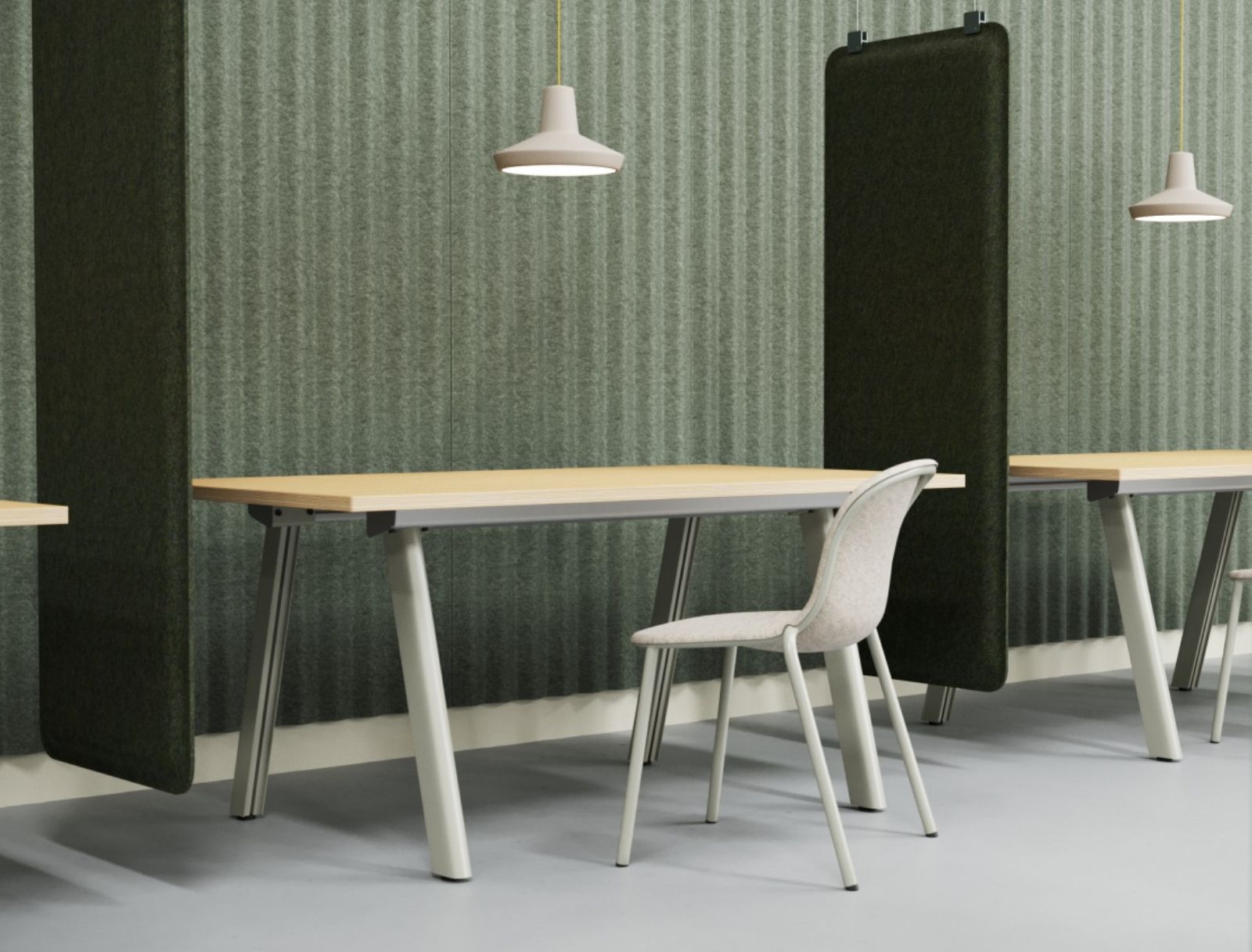 Acoustic Wall Panels
Acoustic Wall Panels 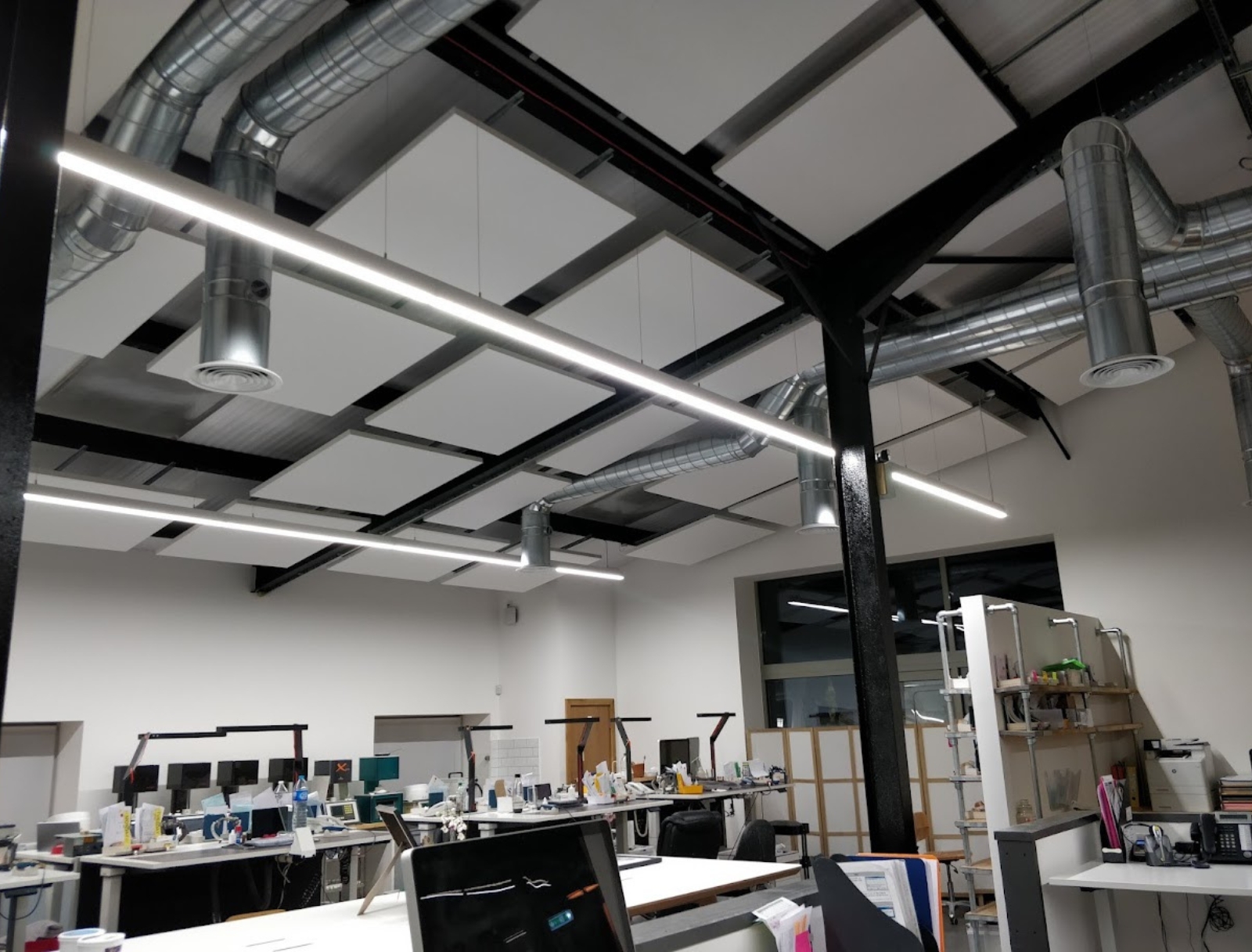 Acoustic Ceiling Panels
Acoustic Ceiling Panels 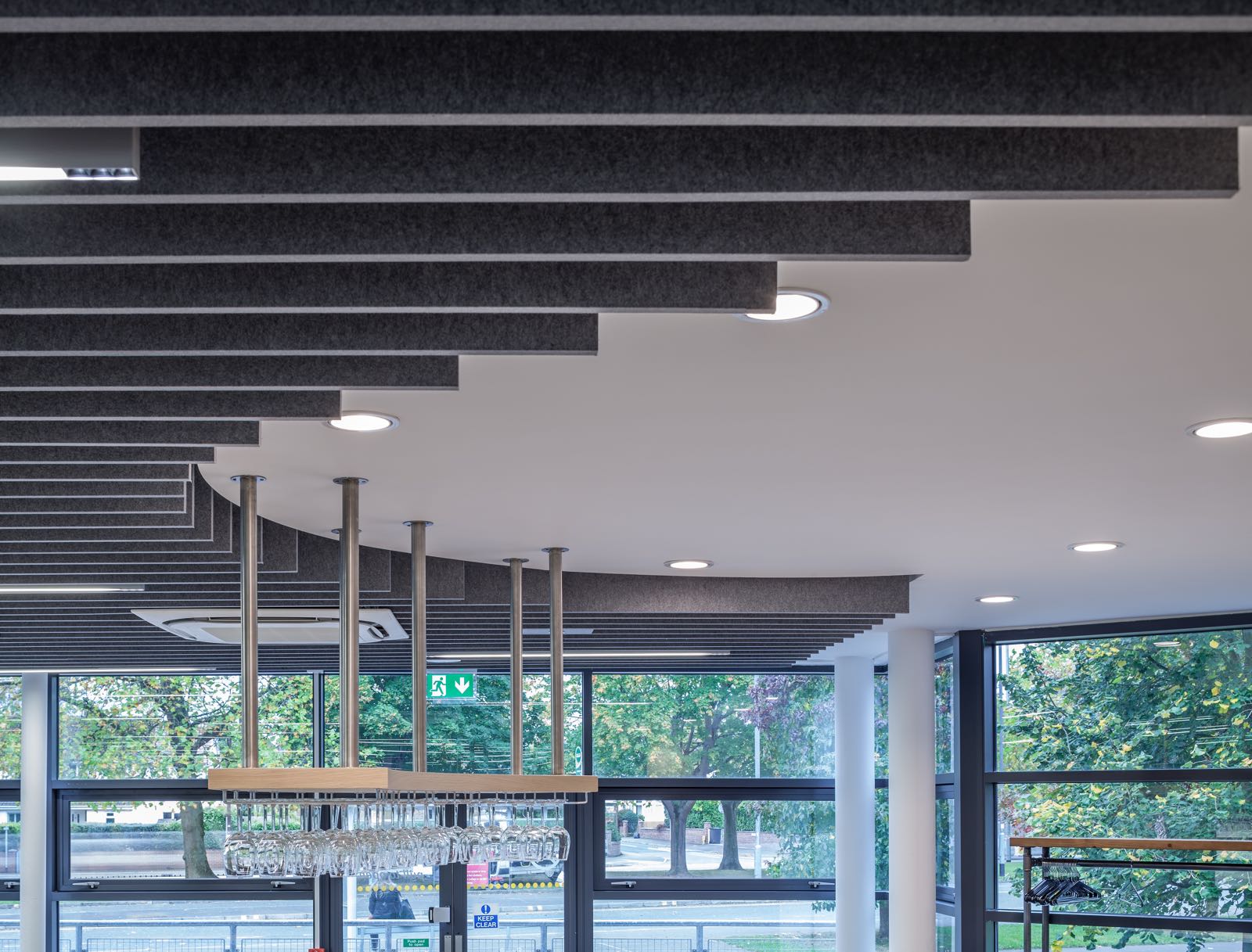 Acoustic Ceiling Baffles
Acoustic Ceiling Baffles  Acoustic Screens
Acoustic Screens 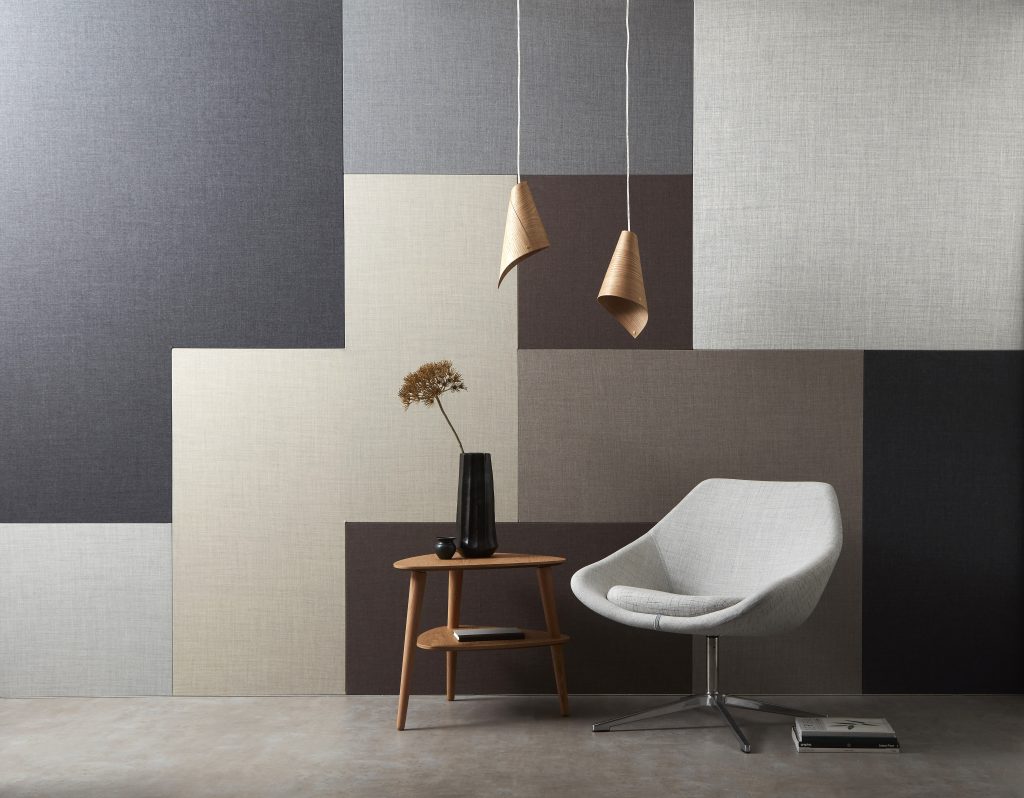 Acoustic Fabric
Acoustic Fabric 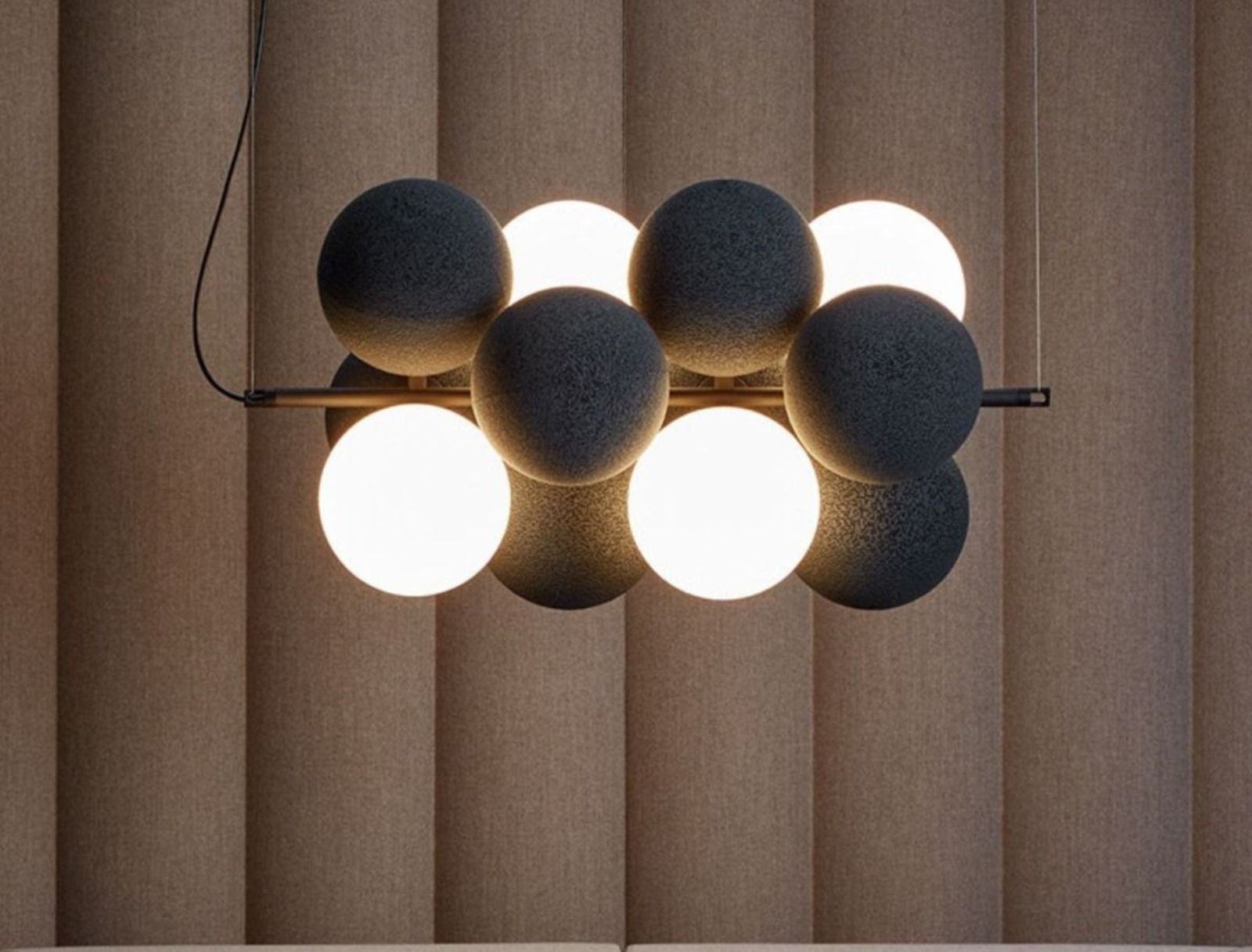 Acoustic Lighting
Acoustic Lighting 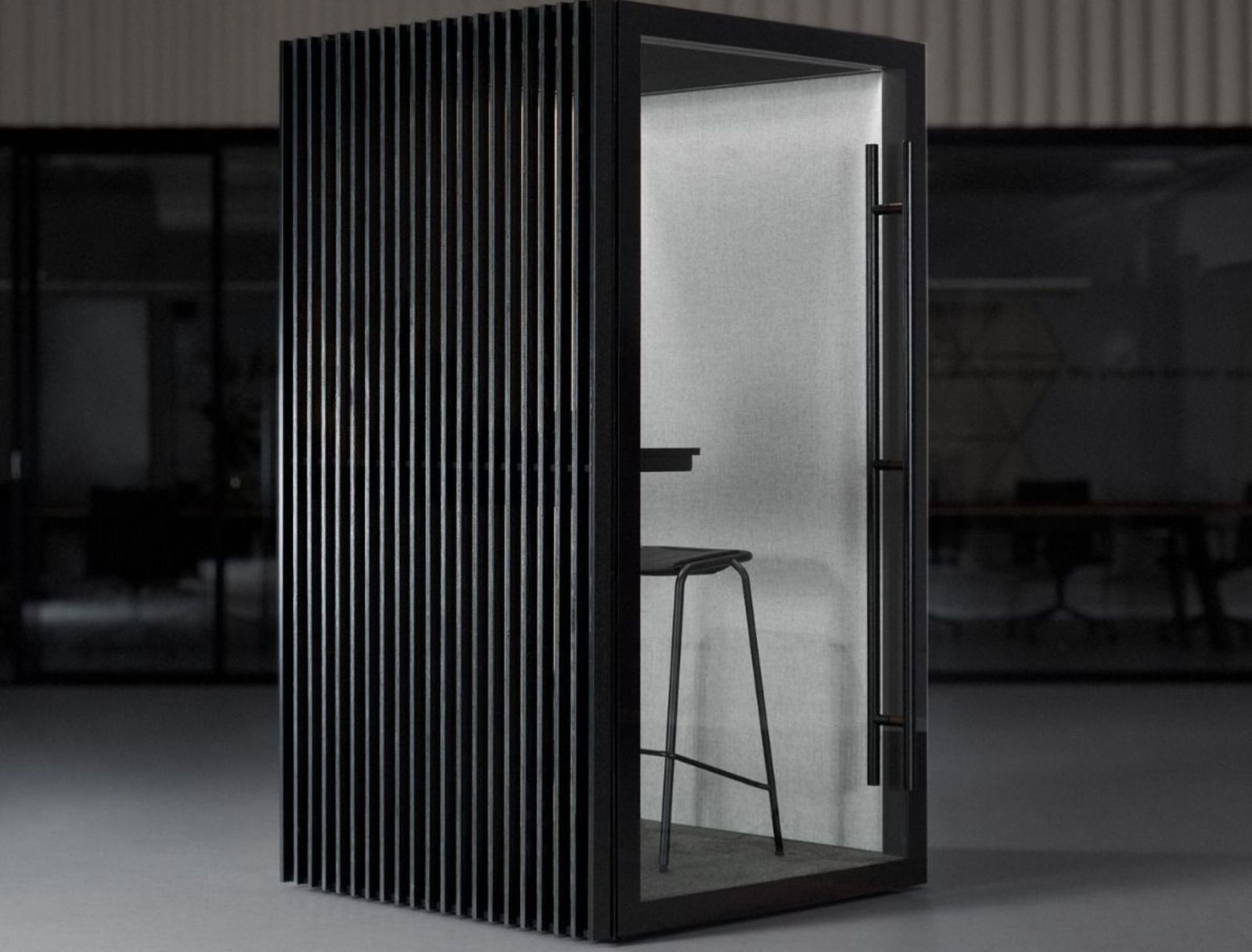 Acoustic Booths and Pods
Acoustic Booths and Pods 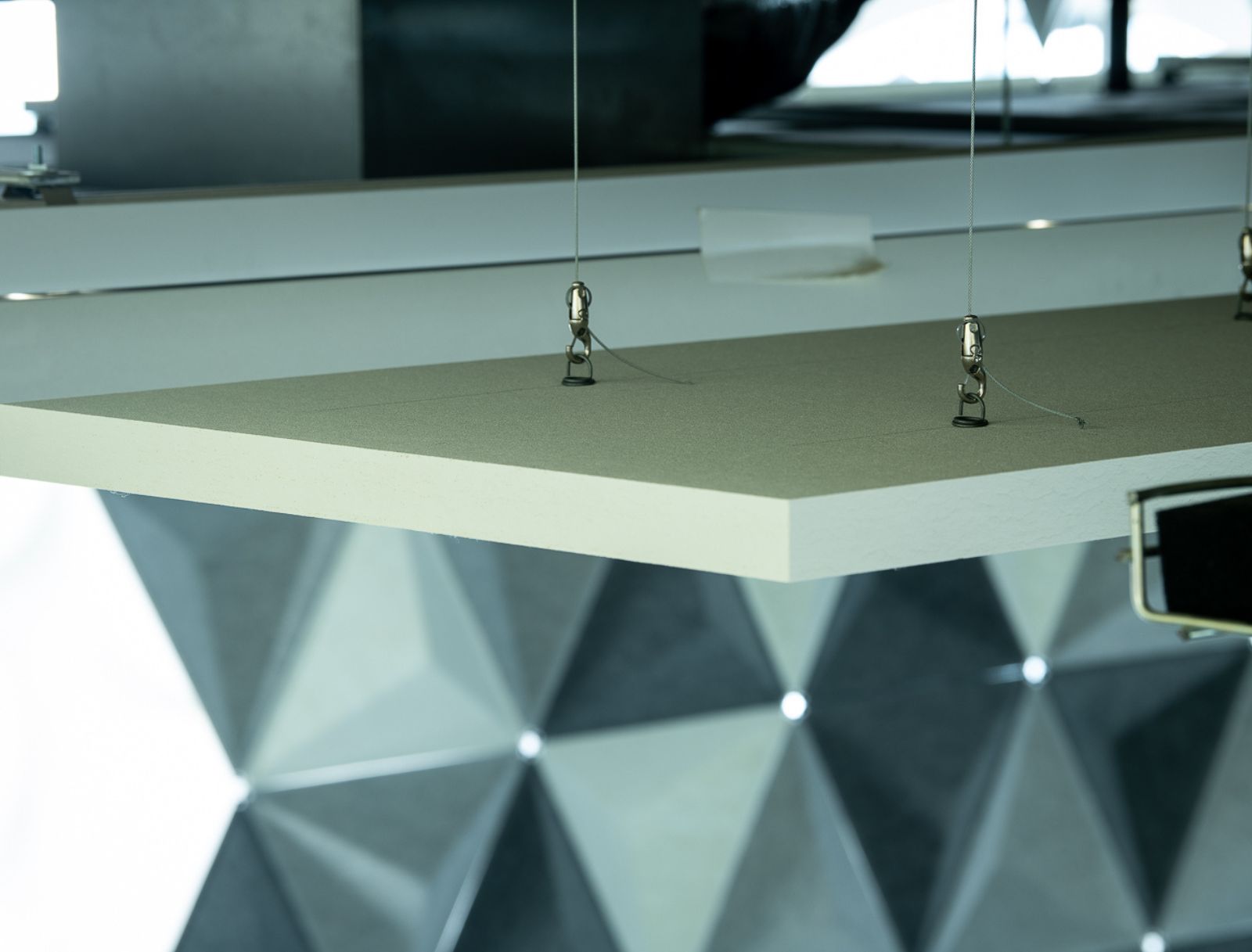 Acoustic Panel Accessories
Acoustic Panel Accessories 